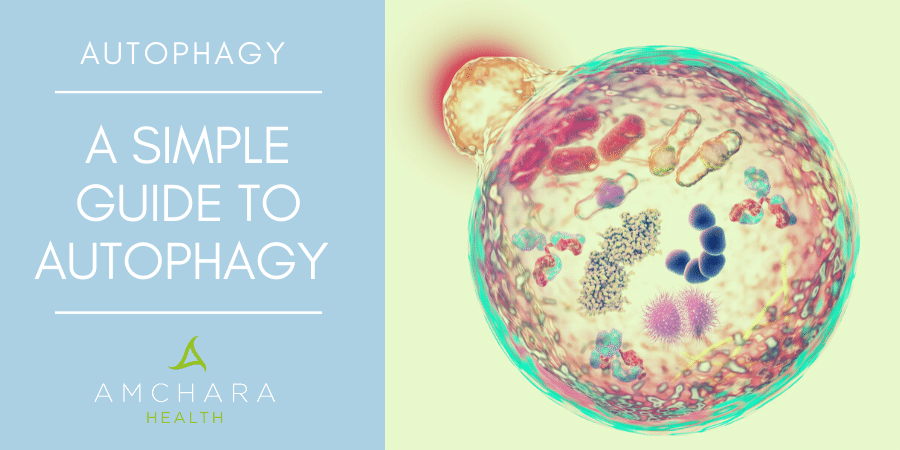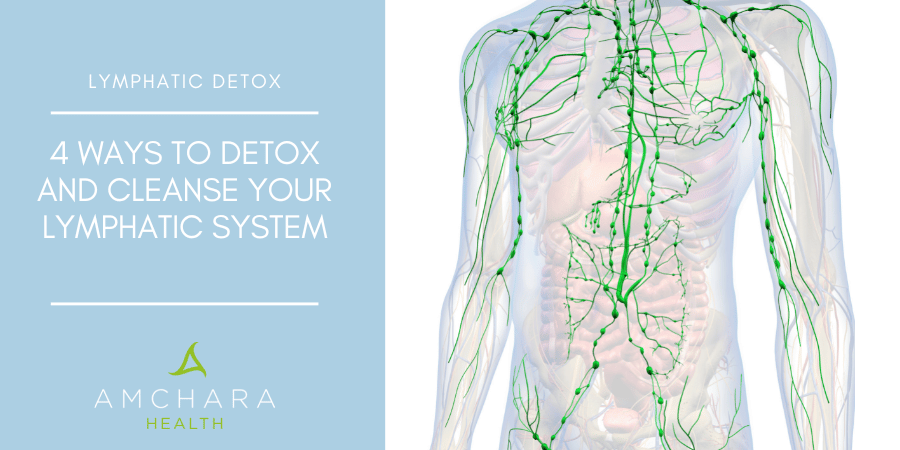Topics Covered in this article:
The world of medicine and research is continually evolving, and scientific discoveries often highlight new aspects of human physiology.
Autophagy is becoming a bit of a buzz word and for good reason. Although research into autophagy has been conducted since the 1960s, over the past 20 years there has been an explosion in autophagy research.
What is autophagy? What function does it have?
We always take an evidence-based approach and aim to provide you with up-to-date and insightful content to help you on your journey to optimal health. In this article we take a look at the complex process of autophagy and explain why it is important for your health.
What is autophagy?
The word autophagy, is derived from Greek meaning ‘to eat oneself’, referring to a self-digesting of cellular contents, in response to specific stimuli.
The process of autophagy is far from new, but major research over the last two decades has provided greater insight into the mechanisms behind it and some ground-breaking evidence on the implications for health.
Autophagy is a process that occurs at a baseline level in almost all cells in the body’s tissues – it seems to occur rhythmically and may be linked to the circadian rhythm (1). The term ‘stimulating autophagy’ means up-regulating or enhancing the process, therefore maximising the effects.
What does autophagy do?
Autophagy is a way for the body to deal with the accumulation of waste material in cells that can negatively impact functioning and overall health. A good analogy is to imagine the filter in your vacuum cleaner. Over time and prolonged use, the filter can become clogged with waste material, if it isn’t cleaned or replaced regularly it can impact the function of the vacuum. The vacuum may become less powerful, ineffective or stop working completely.
Body cells that are unable to work effectively lead to the development of disease. A vast array of chronic conditions, including cancer, metabolic and neurodegenerative disorders, as well as cardiovascular and pulmonary diseases, have now been linked to dysregulated autophagy (2).
During the cleansing and filtering process, autophagy assesses the quality of proteins within the cell. Rather than removing all damaged or old proteins, they are dismantled, and some are used for other purposes. Much like a toy brick construction can be broken down and remodelled, so can cellular contents.
Not only is autophagy responsible for the quality and function of body cells, but it also aids in providing energy for cell functioning and impacts the immune system and inflammation.
Autophagy actions:
- Generation of nutrients for cell function and energy
- Removal of damaged proteins and cellular components
- Elimination of aged and ineffective cells
- Enhanced generation of new and efficient mitochondria, vital for energy production
- Elimination of cells infected with a virus or bacteria (3)
- Regulation of oxidative stress and inflammation
- Improved innate and adaptive immune response (4)
Types of autophagy
There are three distinct types of autophagy and they are all involved in the cleansing or recycling process, but most of the research on autophagy has focused on macroautophagy.
Macroautophagy – the primary pathway involving damaged or unused proteins being engulfed by a special double membrane. This is called an autophagosome and is used to transport the contents to specialist organelles, called lysosomes, in the cell for degradation.
Microautophagy – involves small pieces of material being directly engulfed by the lysosomes.
Chaperone mediated autophagy (CMA) – a more complex process involving specific proteins with a unique recognition site allowing binding of materials that are then transported to the lysosomes. This process is more specific than the other types of autophagy, as it allows material to be selected individually (5).
Diagram from – Mizushima, N., & Komatsu, M. (2011). Autophagy: renovation of cells and tissues. Cell, 147(4), 728-741.(https://www.sciencedirect.com/science/article/pii/S0092867411012761)
What initiates autophagy?
Autophagy is a complex process with several pathways.
Initiation of autophagy involves:
mTOR – a nutrient sensor pathway, sensitive to the presence of amino acids from protein.
AMPK – a sensor of cellular energy (ATP).
Both these sensors have the ability to influence key protein complexes, such as ULK1, involved in the initiation of autophagy (6).
ULK1 is an enzyme that functions in a complex with at least three other molecules and serves to stimulate the development of the autophagosome (7).
When there is a lowered availability of specific nutrients, mTOR is inhibited and AMPK is stimulated. These pathways then signal activation of the ULK1 complex and autophagosome development and so cellular cleansing begins.
As with many enzyme processes there are a many other autophagy related genes, enzymes and proteins and these interact in complex ways to regulate autophagy processes.
One reason why regulation of autophagy may be so complex is the fact that too much autophagy can be as detrimental as not enough. Over cleansing may lead to the breakdown and removal of important molecules or cells.
Research also indicates whilst autophagy may have tumour suppressive actions in normal cells, in the case of cancer cells it may enhance tumour growth in certain circumstances (8).
What influences autophagy?
Autophagy may be seen as a way for cells to function optimally and be able to adapt to stressors or changes in circumstances. If cells are unable to adapt, they are unlikely to survive in the long term.
In order for the body to adapt and become stronger and more resilient it needs to be exposed to stressors.
Stressors known to influence autophagy include nutrient status, calorie deficits, environmental temperature, infection and oxidative stress.
The strongest influence on autophagy up-regulation comes from a lack of amino acids from protein.
Fasting has been practiced for centuries and is still incorporated into many religions and cultures. A true fast involves drinking only water and complete abstinence from food. This period of time without food reduces the intake of protein and calories and so inhibits mTOR and activates AMPK, initating the process of autophagy.
The up-regulation of autophagy in fasting periods has led experts to believe the many health benefits of fasting may be due to cellular cleansing and recycling.
Physical exercise also stimulates autophagy (9). Exercise places stress upon the body that forces adaptation. Endurance exercise puts chronic pressure on the body (10) and high intensity exercise, such as HIIT, creates an acute stress.
Exposure to hot and cold environmental temperatures also forces the body to adapt and return to homeostasis (11).
Recently, research has turned to a number of plant compounds and polyphenols and their influence on initiation of autophagy. Although research is still in its infancy, several naturally occurring compounds have been identified (12).
Takeaway
In order for the human body to function optimally and be free from disease, a number of cleansing processes are required. Autophagy is a vital form of self-cleansing that may be inhibited by modern lifestyle choices.
Eating too much, too often and not allowing for fasting periods, disruption to circadian rhythms through sleep dysfunction and a lack of natural daylight, and a sedentary lifestyle may all contribute to reduced autophagy. This may, in part, explain why chronic diseases are on the rise.
Ensuring a healthy, balanced nutritional intake and constantly challenging your body through physical exercise can enhance optimal health.
If you are concerned about a chronic condition or would like to know more about autophagy and your health, then a 1-2-1 consultation with an experienced Amchara Personalised Health practitioner may be helpful.
Through the use of functional medicine principles and personalised test results a unique programme can be devised to help you reach your health goals.
We are dedicated to providing insightful information on key aspects of health – all orientated towards the Personalised Health approach.
Did you find this article useful?
We’d love to hear your thoughts, get in touch!
Read this next:





